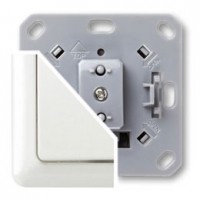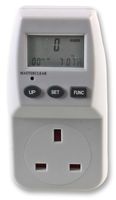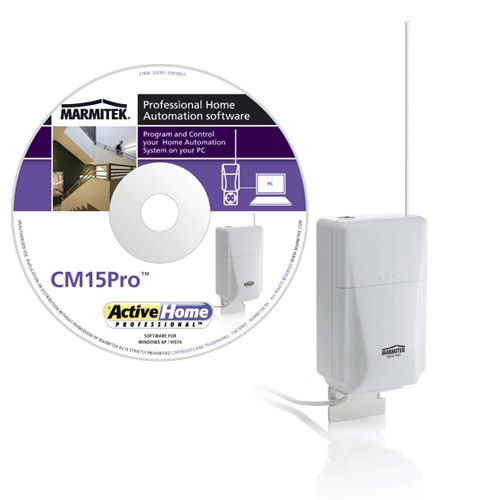How the Silicon Wizards are Making Home Automation Dreams a Reality
Gordon E Moore made a prediction nearly 50 years ago that still holds true today. He was the co-founder of Intel Corporation and, in a paper he published in 1965, he noted that the number of components in integrated circuits had doubled every year since their invention in 1958. And he predicted that the trend would continue for ten years. Moore’s Law, which predicts that the transistor count on integrated circuits will double every two years, was born.
Well, it’s now almost 50 years since that day and Moore’s prediction still holds true. Somehow, those silicon wizards have managed to keep pushing up the component count, relentlessly. The statistics behind what is being achieved today are just staggering.
State-of-the-Art
The first PCs, back in the early 80s, used the 8088/8086 processors, state-of-the-art for their time, and featuring around 29,000 transistors. These perfectly capable CPUs used a 10µm process – that is, the “resolution” of the process that produced the chips was down to 10µm – that’s one hundredth of a millimetre.
Today, the very latest CPUs, like the one developed for the new Microsoft Xbox One, feature up to five billion transistors and use processes down to 22 nanometres – a nanometre is one millionth of a millimetre.
And, talking about Xbox One, Microsoft reckon that the 300,000 servers which will support Xbox Live, the company’s online gaming network, by the end of this year will have more computing power than existed in the whole world in 1999 – that’s just 14 years ago!
Phenomenal
So where is it all leading? Just in our sector, home automation or domotics as some enthusiasts prefer (that’s a combination of the Latin for home, “domus” and informatics), a lot of the switching and measuring technology has been around for years – not necessarily in the home, but in manufacturing industries. Devices that turn liquid or gas flows on and off, devices that detect proximity or weight, that sense light and dark, hot and cold, pressure and humidity, have been controlling industrial processes for decades.
But it has taken the phenomenal achievements of those silicon wizards to bring the control systems within the reach of home budgets. Those advances in hardware technology combined with the emergence of standards like X10 and Z-Wave will soon make automation a standard feature of all homes.
In the words of Bachman-Turner Overdrive, “You Ain’t Seen Nothing Yet!”. Talking of which, you will be amazed by the features of our newest product Z-wave flood sensor by Fibaro: Its name just doesn’t describe fully the multiple functionality with 6 different sensor capabilities.



